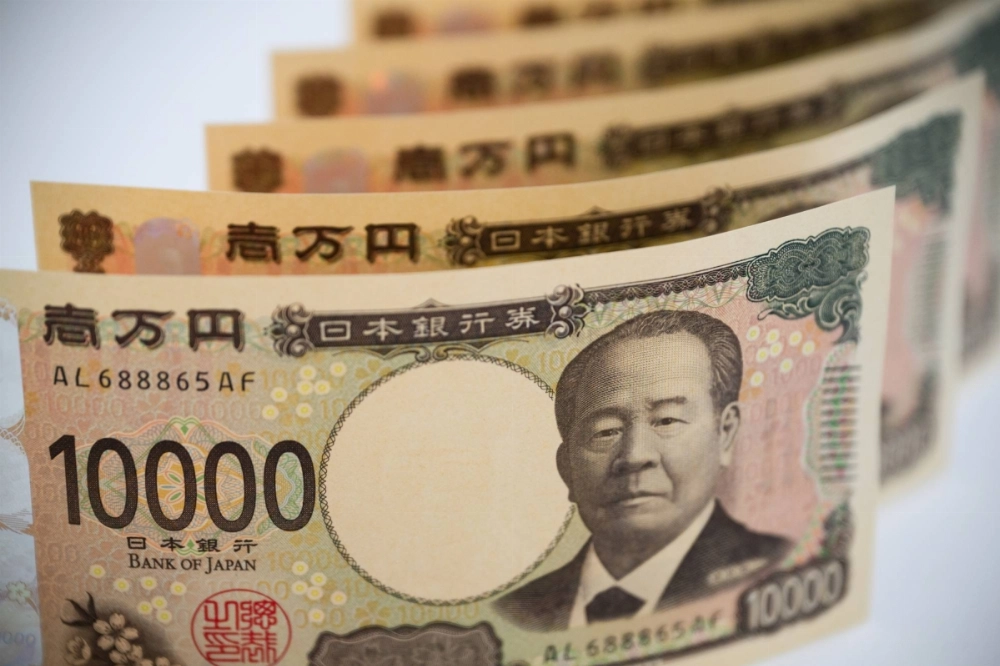Option traders are beginning to flip the script on Japan’s currency, with some of them bracing for political shocks, trade flare-ups, and shifting Federal Reserve expectations to push the yen lower against the dollar.
Trading volumes in dollar-yen call options, which gain in value if the yen depreciates against the dollar, more than doubled those of put options on July 11, according to data from the Chicago Mercantile Exchange Group’s central limit order book.
"There has been interest in some one-month cheapened topside structures that cover the Japan election, which could create a great deal of uncertainty in addition to the ongoing uncertainty around U.S.-Japan tariff negotiations,” said Graham Smallshaw, senior FX spot trader at Nomura Singapore.


















With your current subscription plan you can comment on stories. However, before writing your first comment, please create a display name in the Profile section of your subscriber account page.